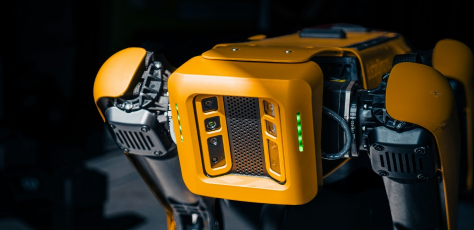Industrial Robots
Unlocking the Next Generation of Industrial Robotics
Overview
Industrial robots are becoming increasingly essential to modern manufacturing and automation. As industries evolve, these robots need to be faster, smarter, and more energy-efficient while performing complex tasks with precision and adaptability. Neuromorphic chips, inspired by the neural architecture of the human brain, are providing a cutting-edge solution for these demands. By mimicking the way biological neurons process and communicate information, neuromorphic processors offer significant advantages for industrial robots, driving improvements in efficiency, flexibility, and autonomy.
Let’s explore how neuromorphic chips are transforming industrial robotics:

1. Enhanced Real-Time Processing for Dynamic Environments
Industrial robots often operate in dynamic and unpredictable environments where real-time decision-making is crucial. Neuromorphic chips excel in processing sensory inputs with low latency, enabling robots to quickly react to changes in their surroundings. This is particularly beneficial in manufacturing environments where robots must adapt to shifting conditions, such as varying speeds on production lines, unexpected obstacles, or changes in materials. Neuromorphic processors can handle these real-time adjustments more effectively than traditional processors, ensuring seamless, on-the-fly responses and minimizing downtime.
2. Energy Efficiency for Cost-Effective Operations
One of the biggest challenges in deploying robots in industrial settings is managing power consumption, especially for robots that run continuously. Neuromorphic chips offer a substantial advantage in energy efficiency by mimicking the brain’s event-driven architecture. This allows the robot to only consume power when processing relevant data, significantly reducing energy usage. For industries focused on sustainability and lowering operational costs, neuromorphic processors provide an ideal solution by extending robot uptime while minimizing energy expenditures. This makes them particularly well-suited for factories, warehouses, and other large-scale production facilities that rely on numerous robots working simultaneously.

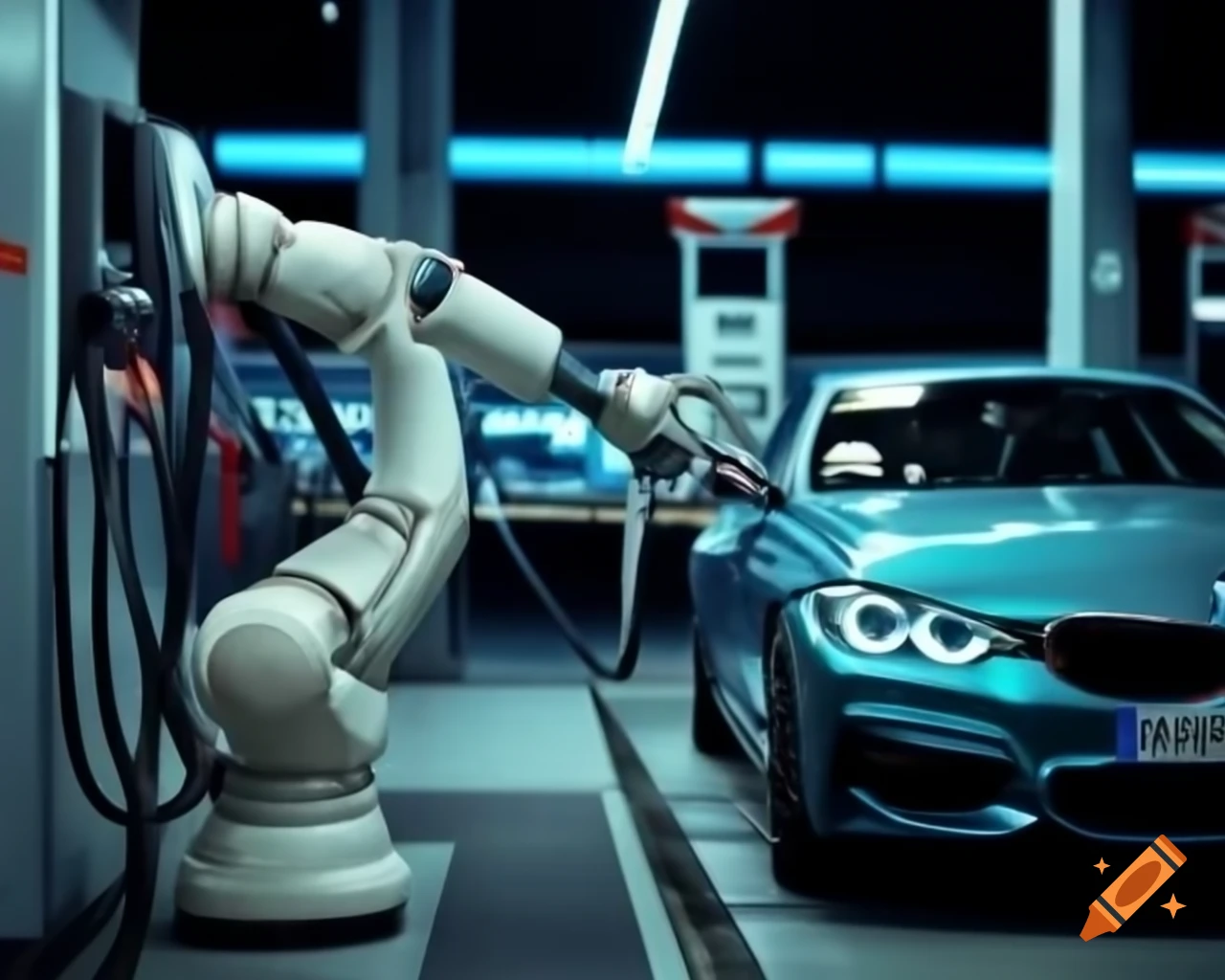
3. Advanced Perception for Complex Tasks
Industrial robots need advanced perception capabilities to perform tasks like object recognition, sorting, quality inspection, and assembly. Neuromorphic chips are particularly well-suited for processing spatiotemporal data (information that changes over time and space), making them highly efficient at recognizing patterns and interpreting sensory inputs such as vision, touch, or sound. By processing this data in a way that mimics the brain’s ability to understand complex, multi-dimensional information, neuromorphic processors allow industrial robots to perform intricate tasks with greater accuracy and precision. This is critical in industries such as electronics manufacturing, automotive assembly, and high-precision engineering, where even the smallest error can lead to costly defects.
4. On-Device Learning and Adaptation
One of the biggest limitations of traditional industrial robots is their reliance on pre-programmed instructions, limiting their flexibility in unpredictable environments. Neuromorphic chips enable robots to learn and adapt in real-time without requiring constant reprogramming. Through synaptic plasticity—where connections between neurons strengthen or weaken based on experiences—neuromorphic processors allow industrial robots to improve their performance through continuous learning. This capability is especially valuable in industries with complex processes or customized production, such as automotive assembly lines or electronics manufacturing, where robots need to adapt to variations in product design or assembly techniques.
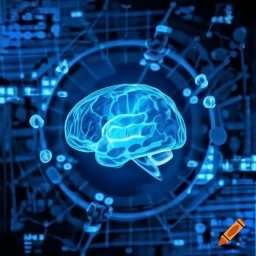

5. Reduced Complexity in Sensor Integration
Industrial robots rely on a network of sensors to collect data about their environment, such as cameras, pressure sensors, and motion detectors. Neuromorphic chips simplify the integration of these sensors by processing multiple streams of data simultaneously and efficiently. This multi-modal processing capability allows robots to merge inputs from different sensors in real-time, providing a more holistic understanding of their surroundings. In industries like pharmaceuticals, food and beverage production, or material handling, where precision and hygiene are critical, neuromorphic chips enable robots to perform tasks with minimal errors and higher efficiency.
6. Scalable Solutions for Collaborative Robotics (Cobots)
Collaborative robots, or cobots, are designed to work alongside humans in industrial settings, often in close proximity. These cobots need to be highly responsive to ensure worker safety while maintaining productivity. Neuromorphic chips offer scalable solutions for cobots, allowing them to process sensory data related to human presence, gestures, or unexpected movements in real-time. By enabling robots to "think" like humans, neuromorphic processors ensure safer human-robot interaction, reducing the risk of accidents and improving operational safety standards. This is particularly relevant in sectors like logistics, warehousing, and healthcare, where cobots are increasingly used to assist with repetitive or physically demanding tasks.
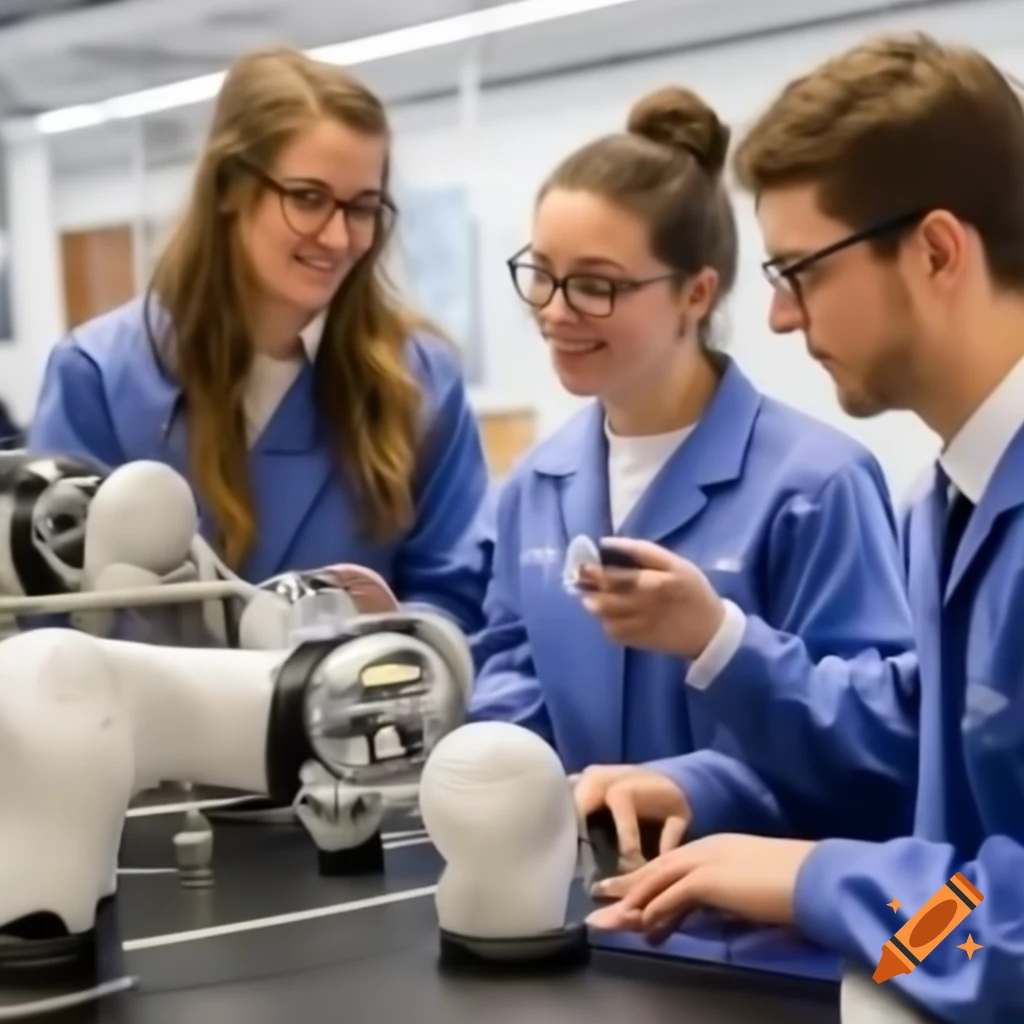
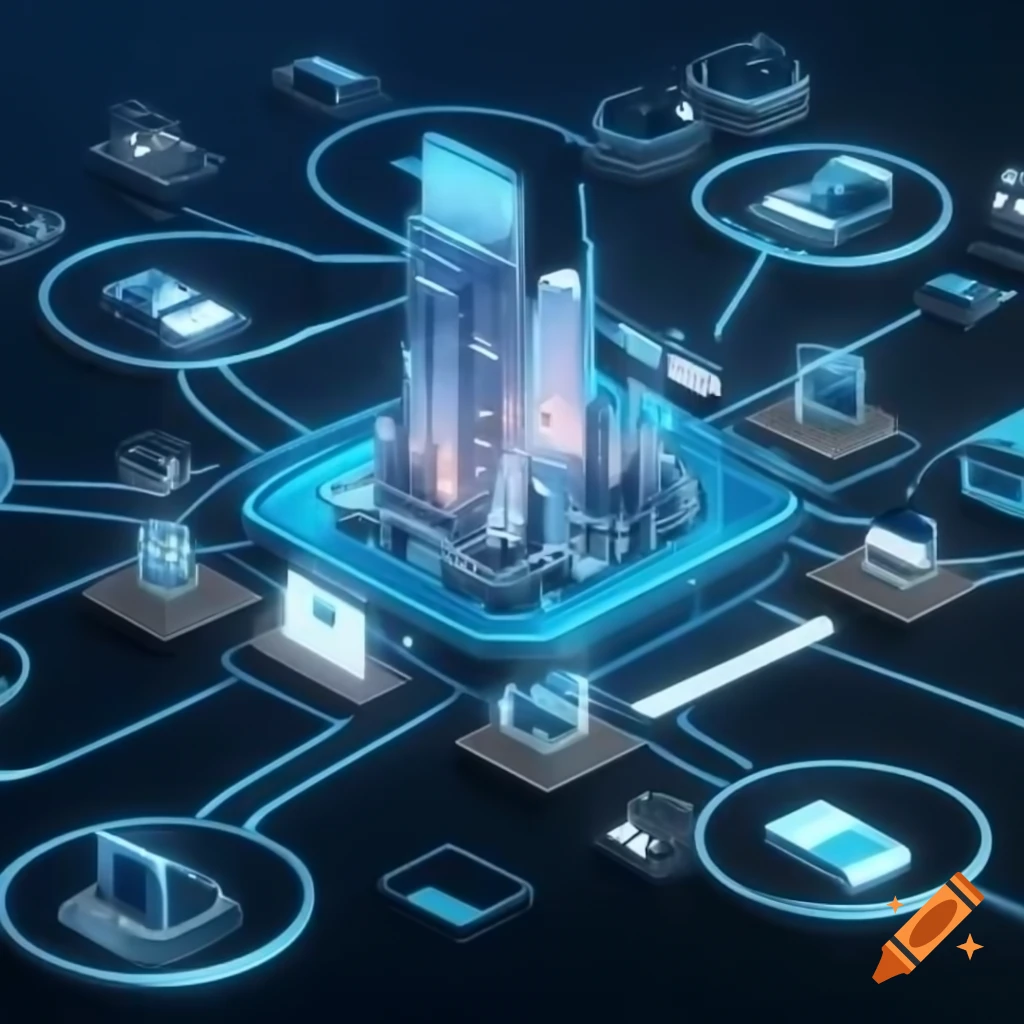
7. Improved Fault Detection and Predictive Maintenance
Neuromorphic chips also enhance a robot’s ability to detect system anomalies and perform predictive maintenance. Industrial robots often operate in environments where wear and tear is inevitable, and early detection of potential issues is critical to avoid costly downtime. Neuromorphic processors can analyze sensory data to detect subtle changes in the robot’s performance, such as vibration patterns or motor efficiency, and predict potential failures before they occur. This proactive approach to maintenance extends the lifespan of robots, reduces repair costs, and ensures uninterrupted production lines, making it ideal for industries such as aerospace, energy, and heavy machinery manufacturing.
8. Handling Noisy Data and Complex Environments
Industrial robots are frequently deployed in noisy and chaotic environments, such as metalworking factories, automotive plants, or construction sites. In these environments, traditional processors may struggle to filter out irrelevant data and focus on critical inputs. Neuromorphic chips, however, excel in managing noisy data by focusing on patterns that matter most, much like the human brain does in a crowded or distracting environment. This capability allows robots to operate reliably even in complex, high-noise environments, ensuring consistent performance in industries where precision is critical despite challenging conditions.

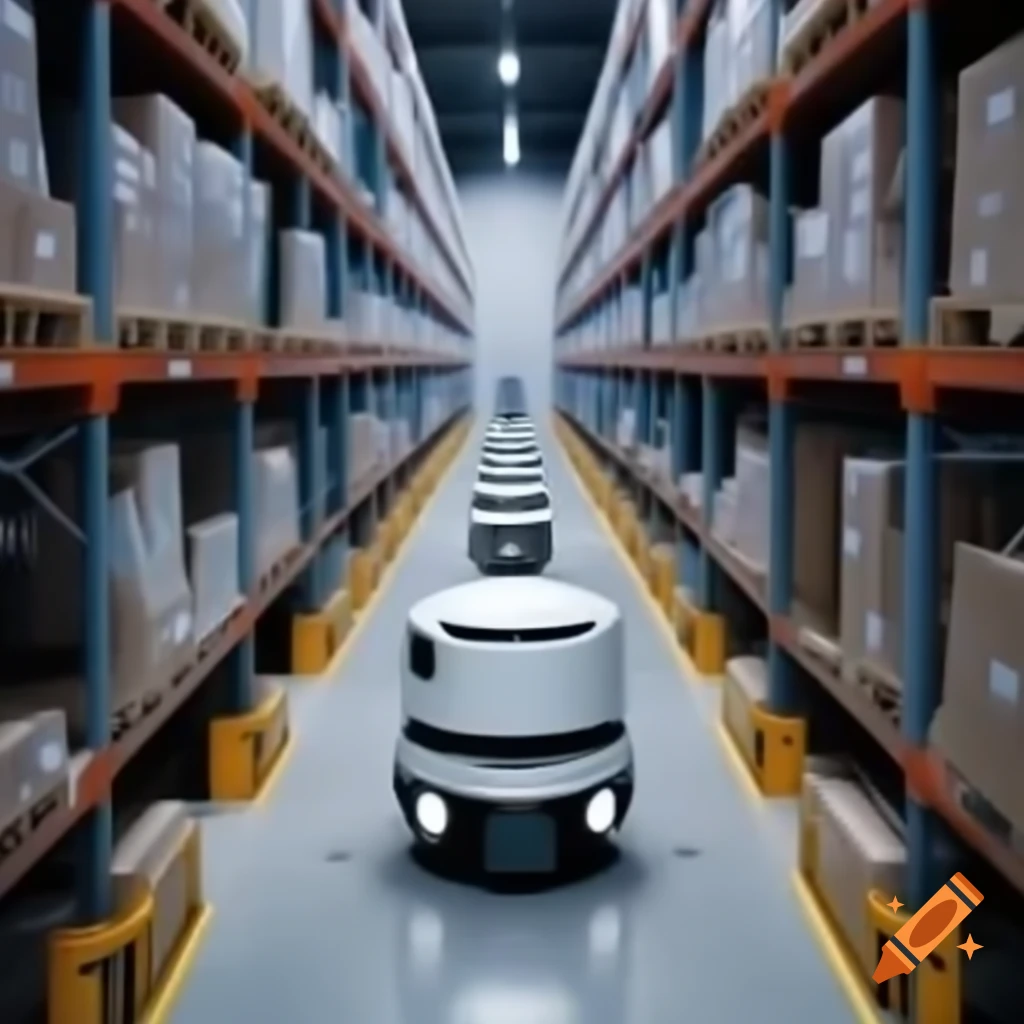
9. Compact and Power-Efficient for Mobile Robots
Many industries are increasingly adopting mobile robots that can navigate factory floors, warehouses, and distribution centers autonomously. These robots need to be compact, power-efficient, and able to process real-time data to avoid obstacles and navigate efficiently. Neuromorphic chips, with their low power consumption and small form factor, are ideal for these mobile industrial robots. Whether used for automated guided vehicles (AGVs) in warehouses or inspection drones in oil and gas facilities, neuromorphic chips provide the processing power and energy efficiency required for sustained mobile operations without the need for frequent recharging or bulky components.
